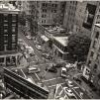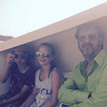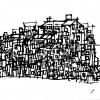-
Recently Browsing 0 members
- No registered users viewing this page.
-
Similar Content
-
- 179 replies
- 10,752 views
-
- 11 replies
- 489 views
-
- 266 replies
- 10,955 views
-
- 1,482 replies
- 84,128 views
-
- 1 reply
- 198 views
-






Recommended Posts
Join the conversation
You can post now and register later. If you have an account, sign in now to post with your account.
Note: Your post will require moderator approval before it will be visible.